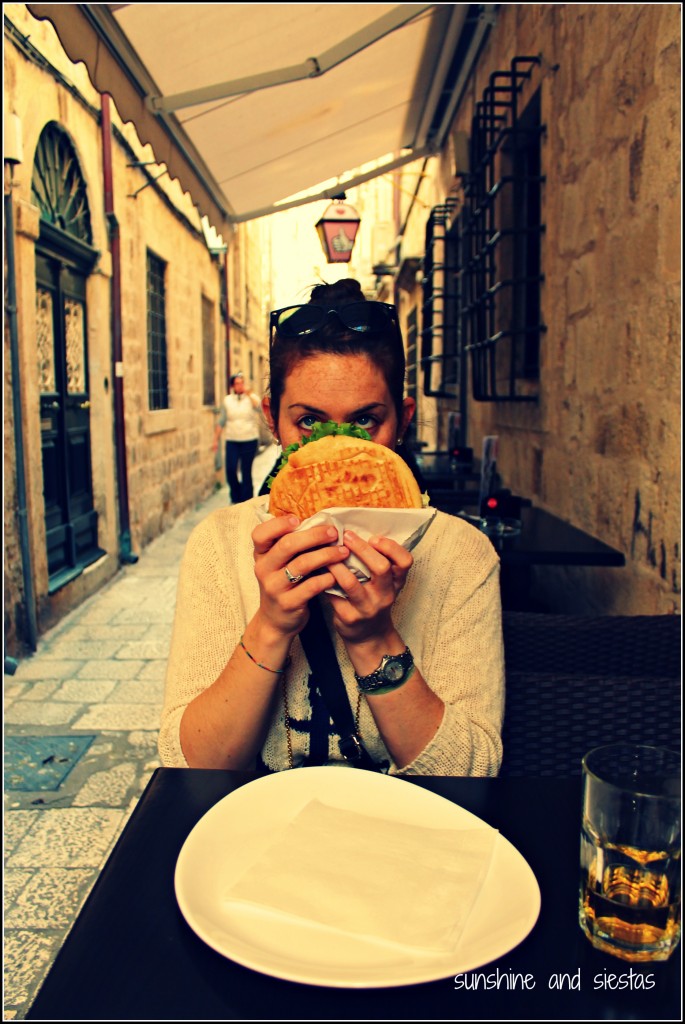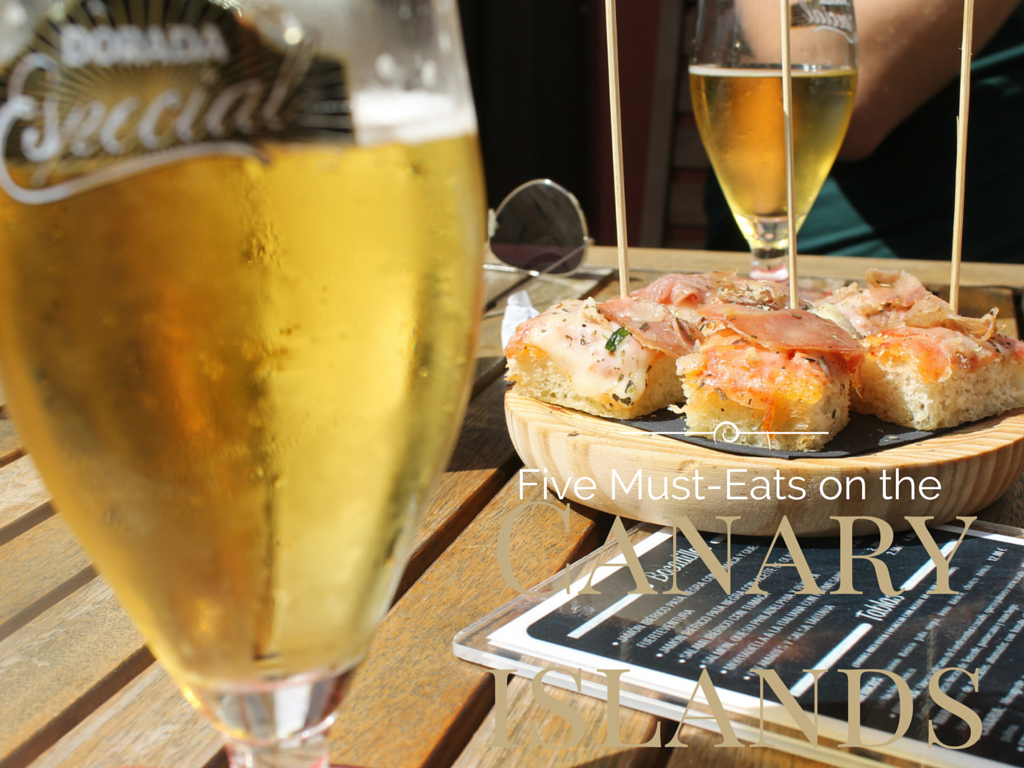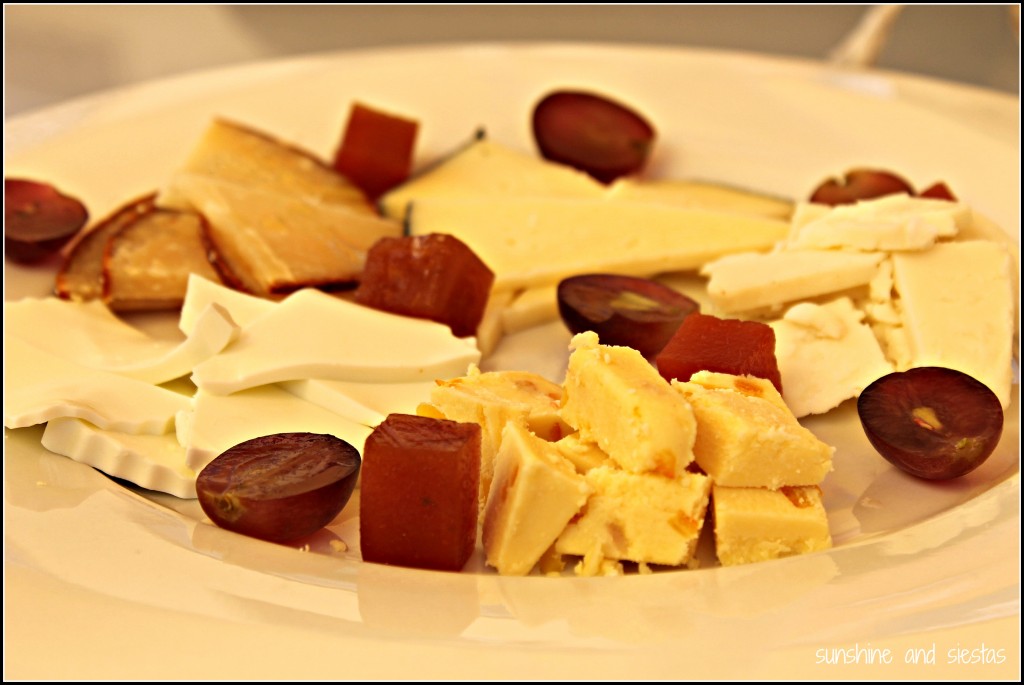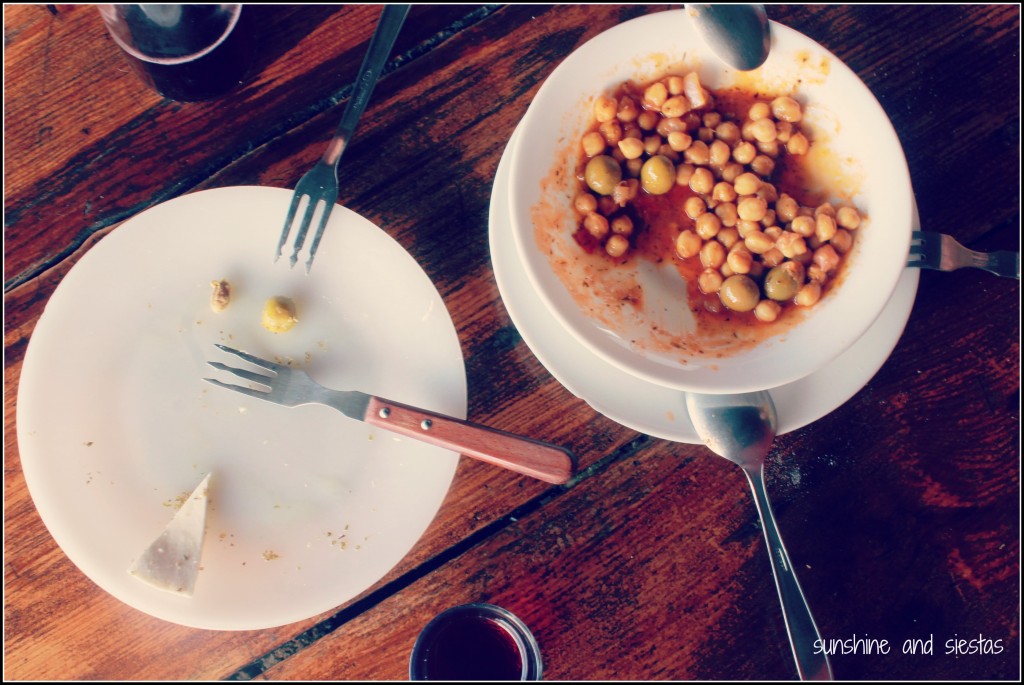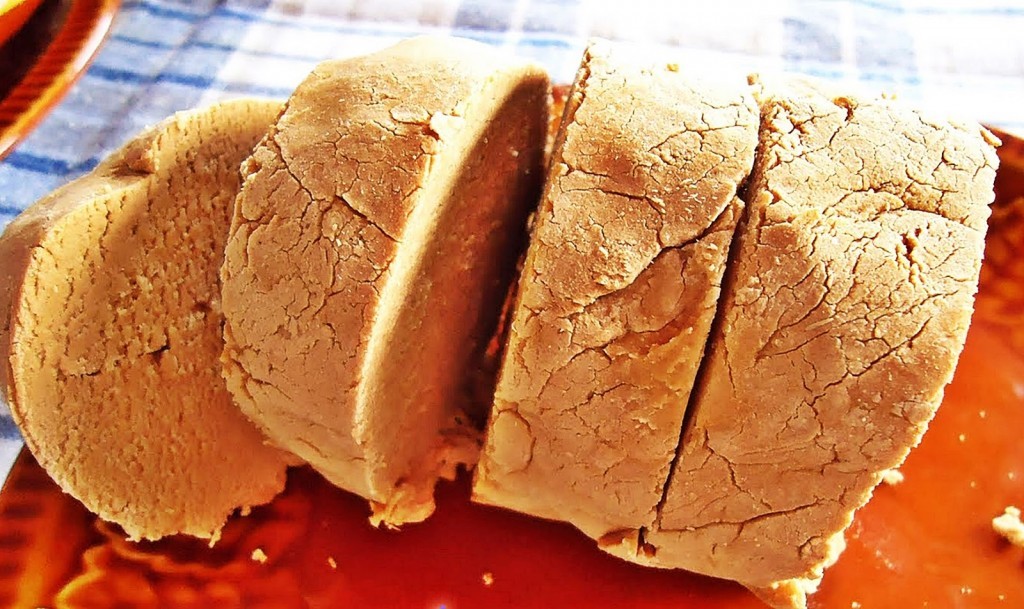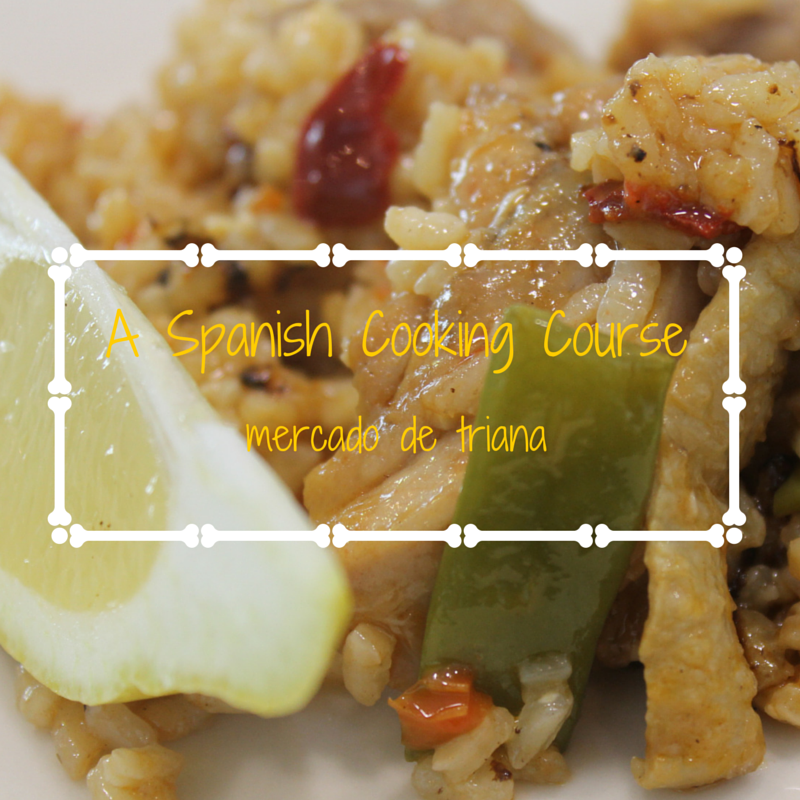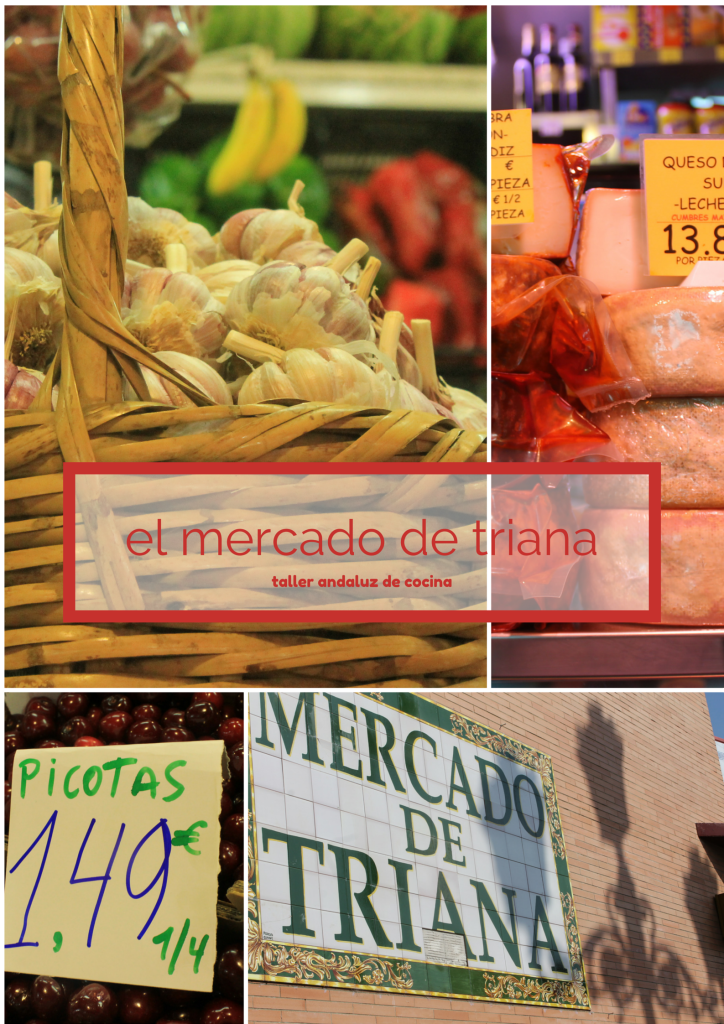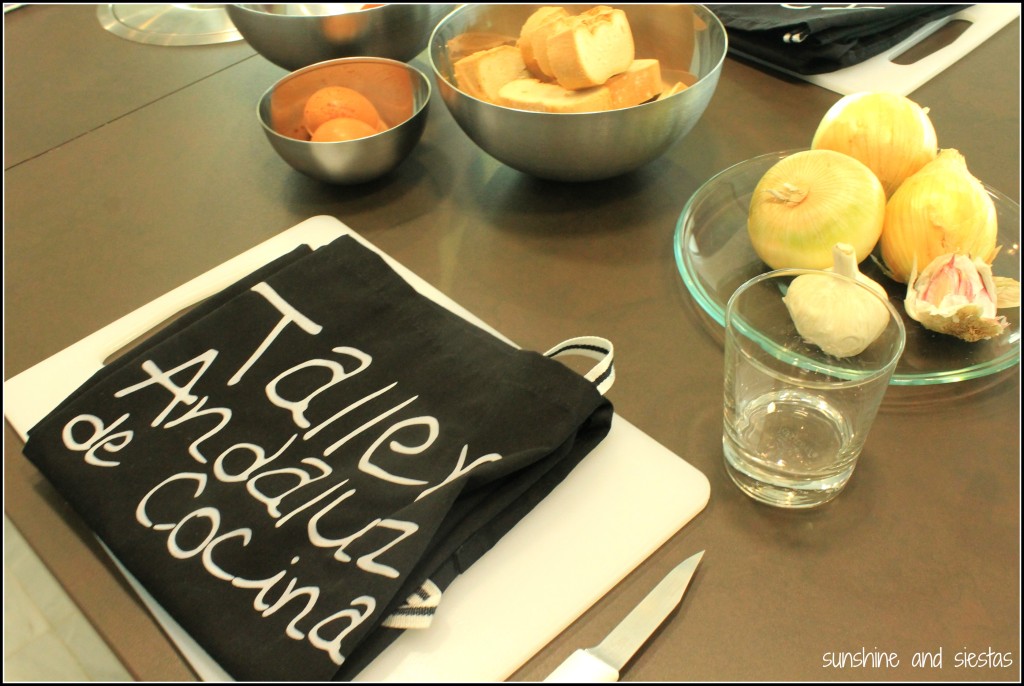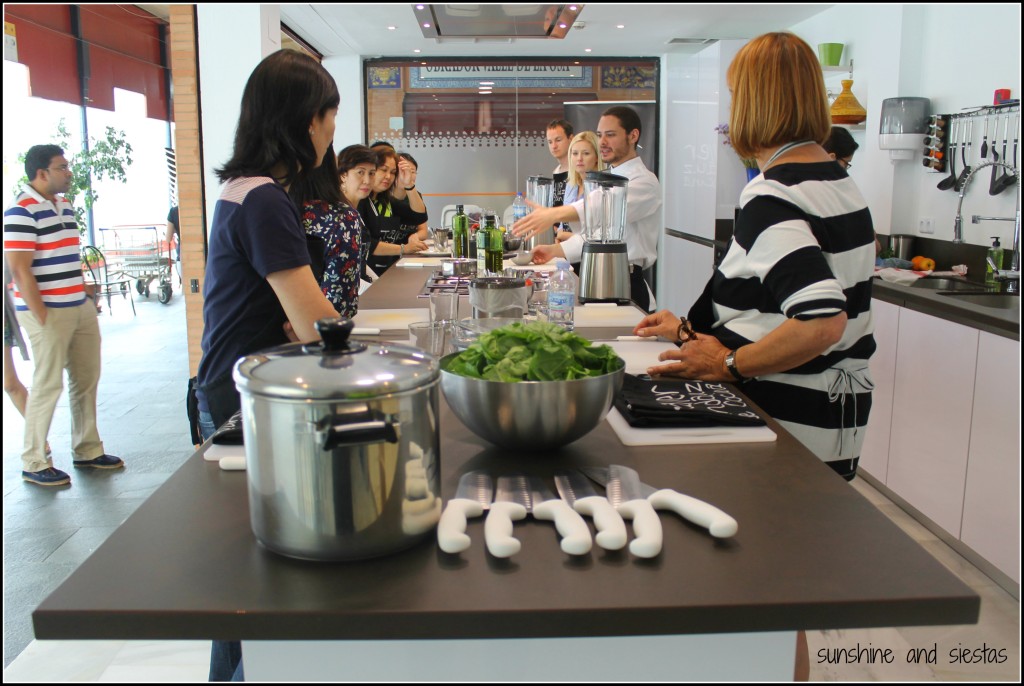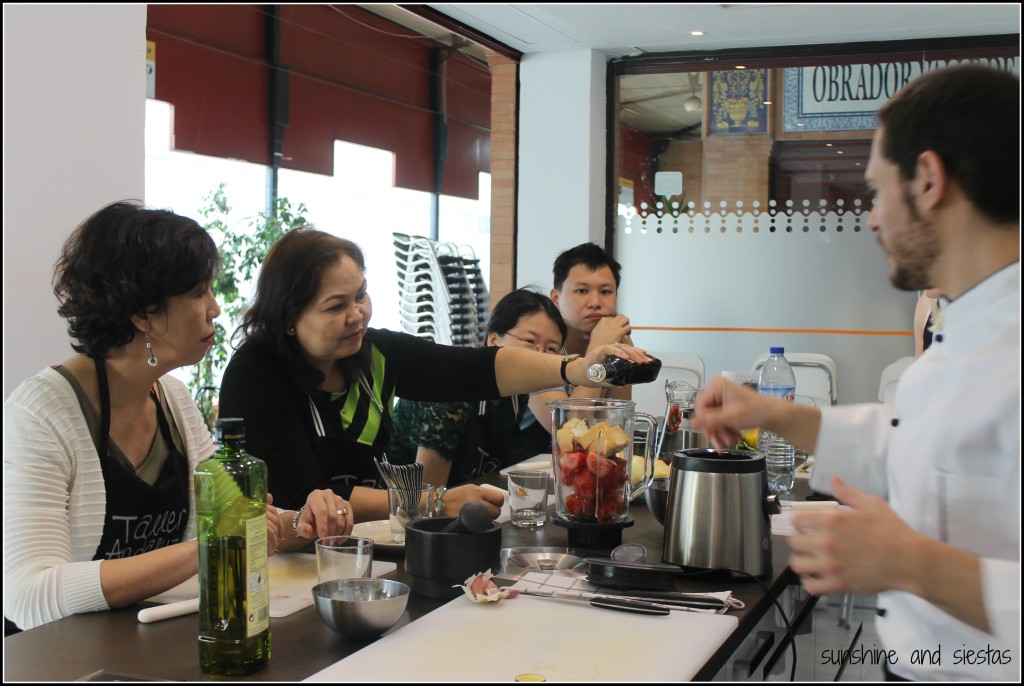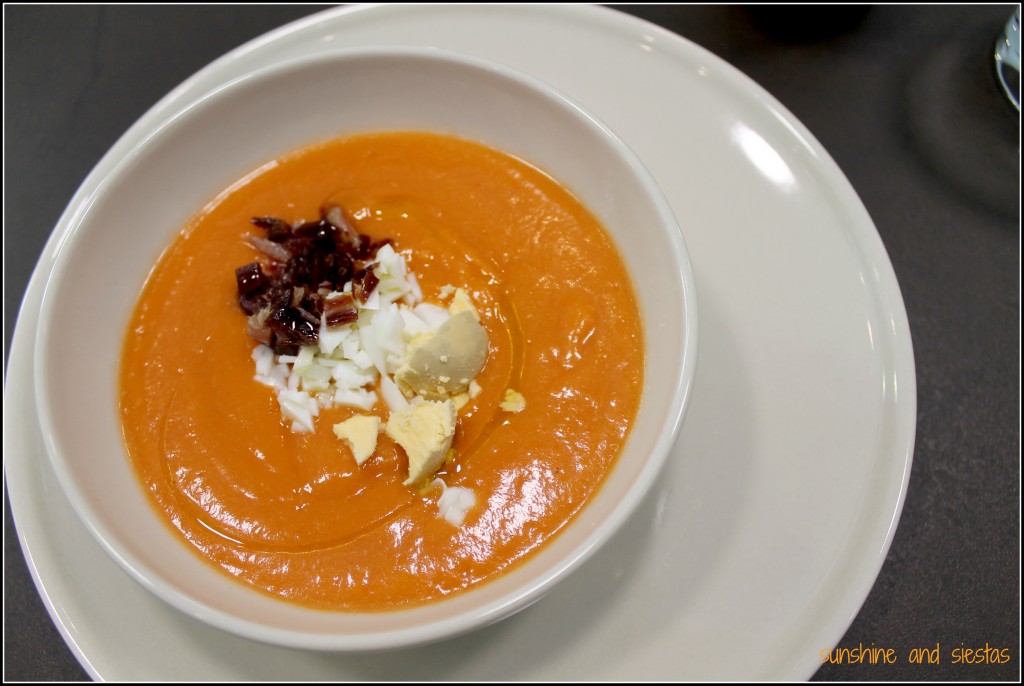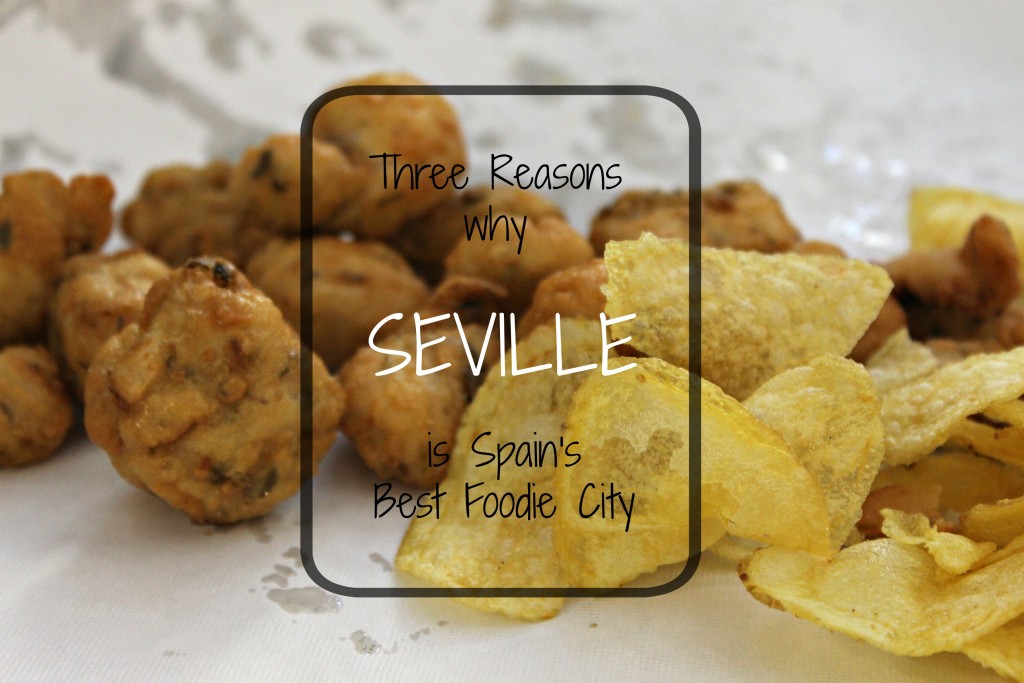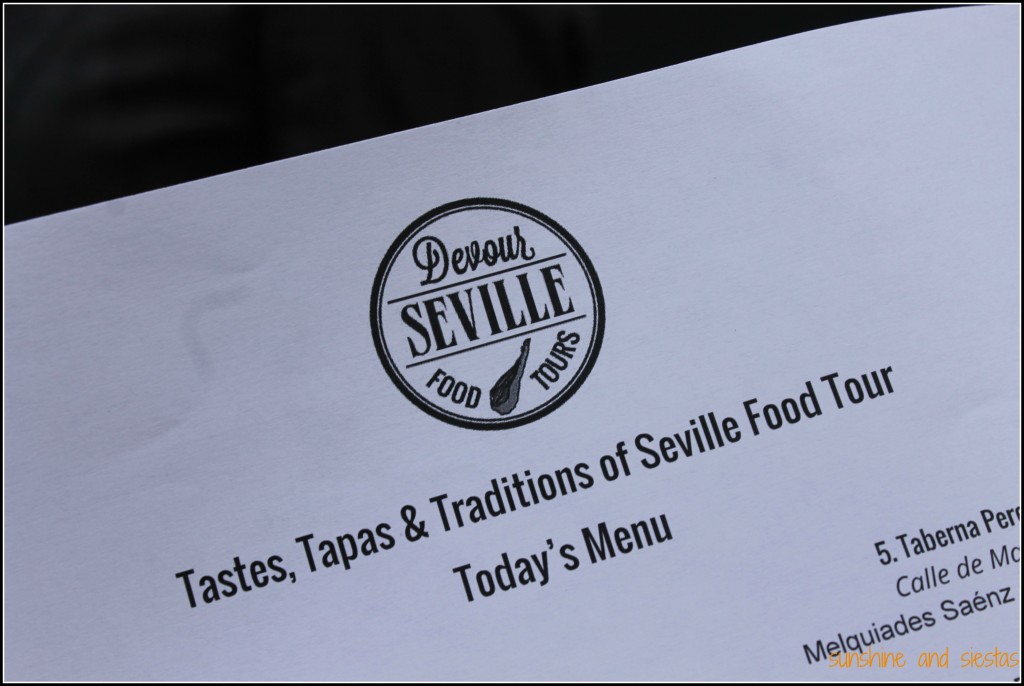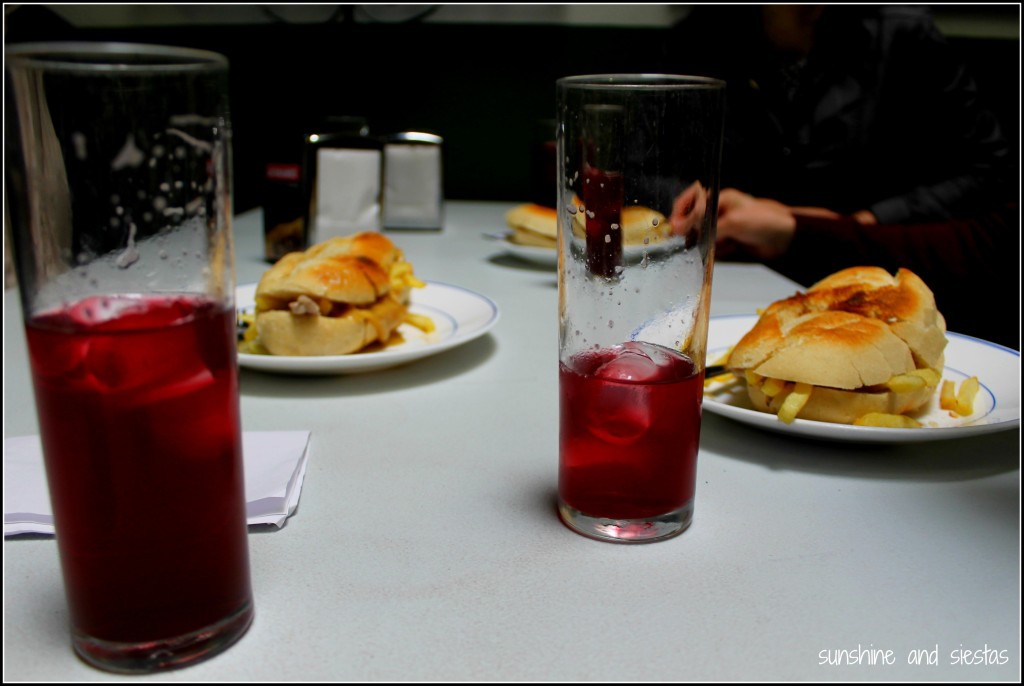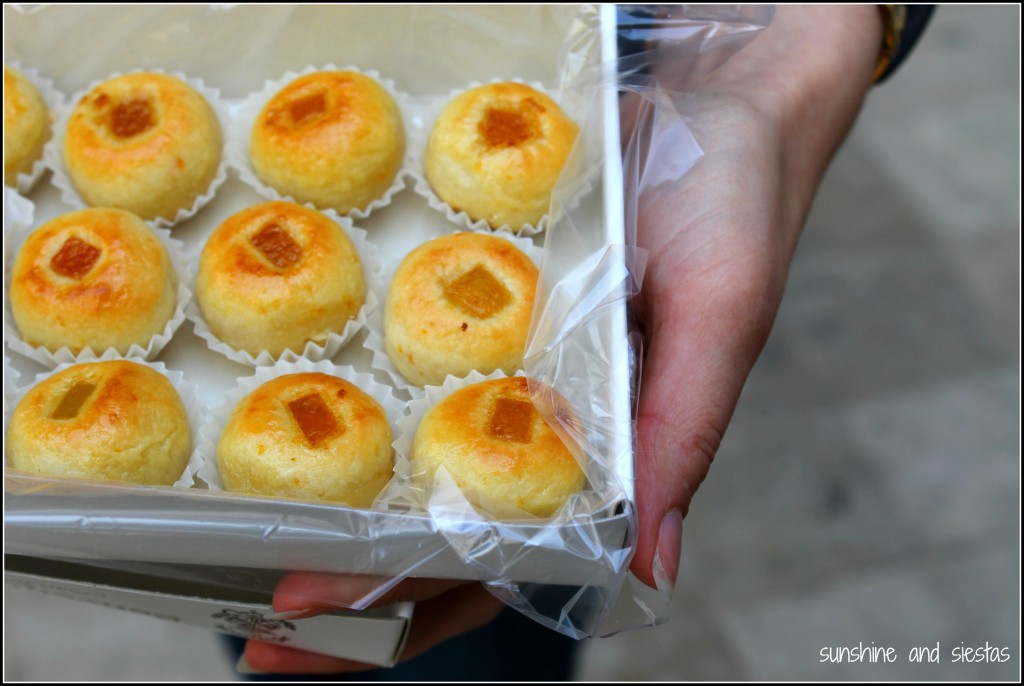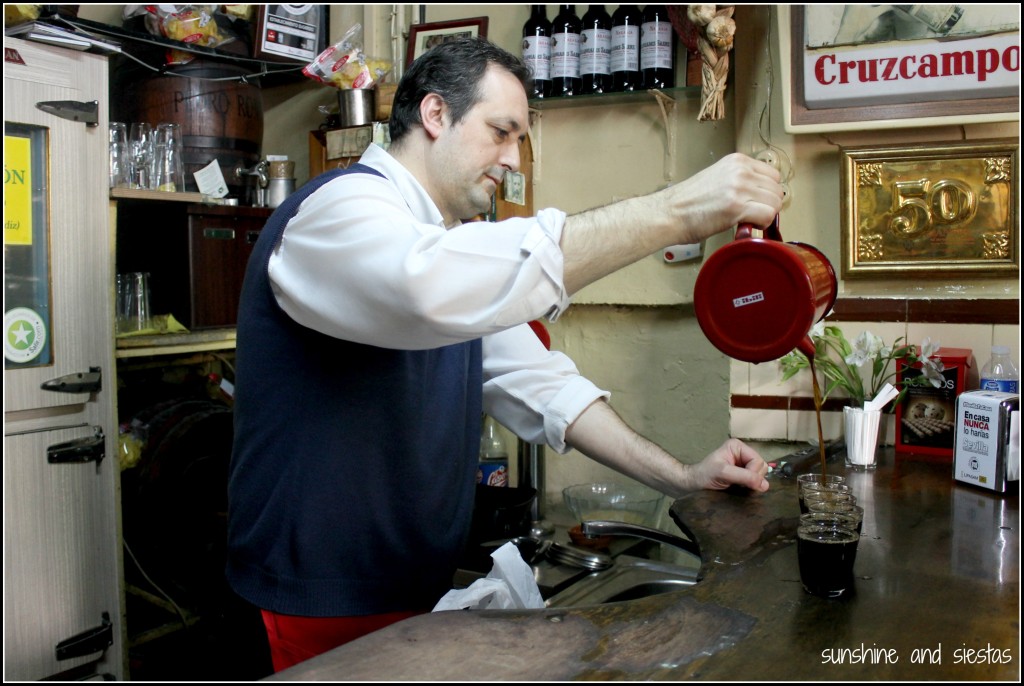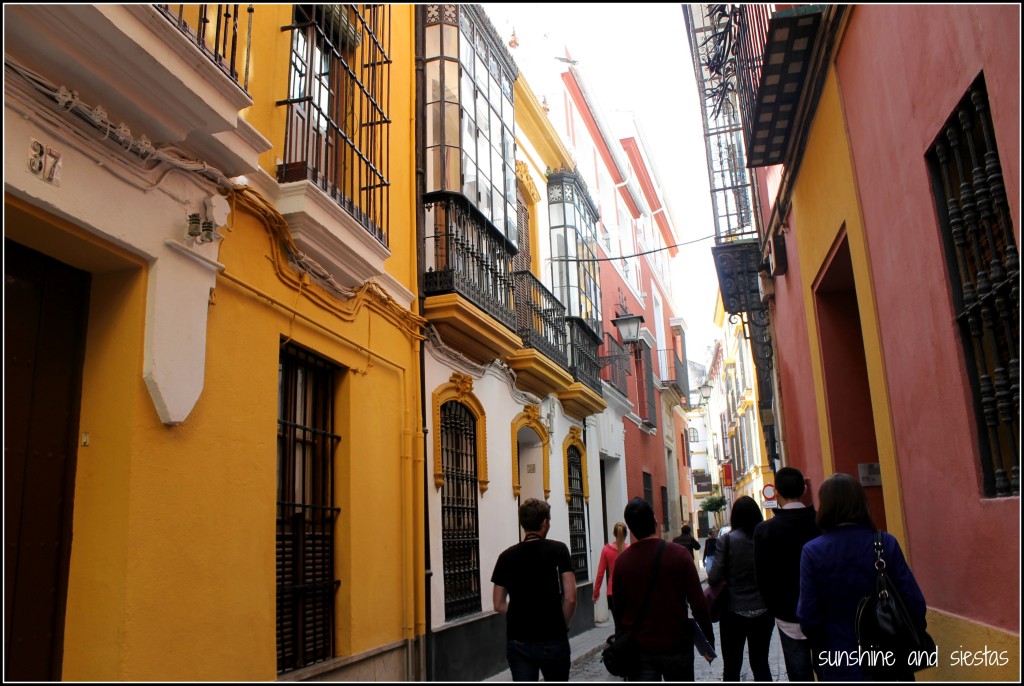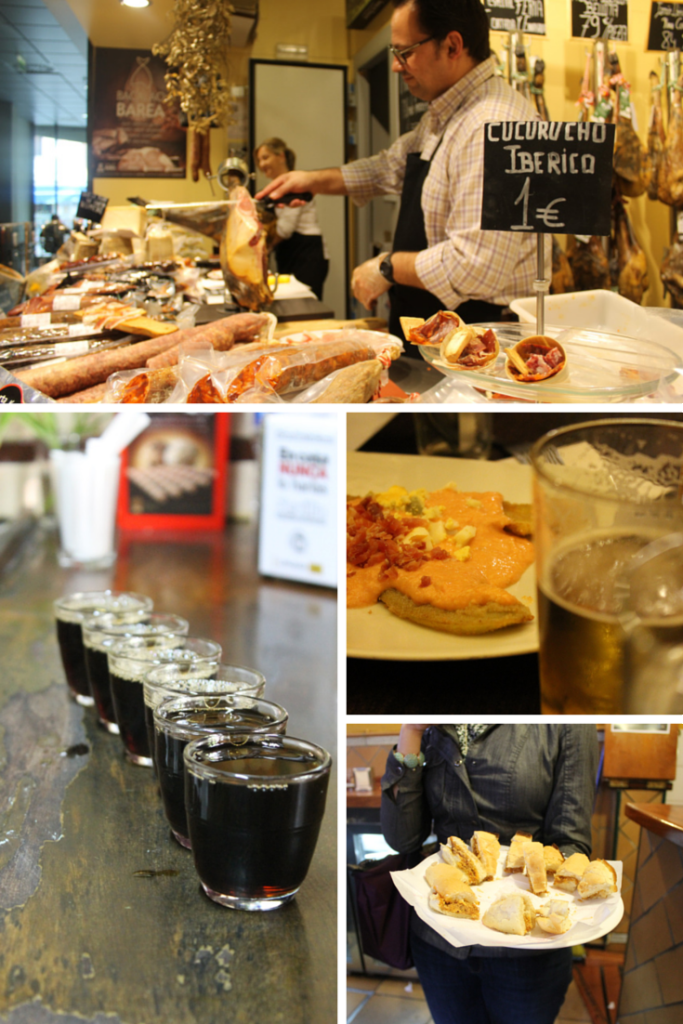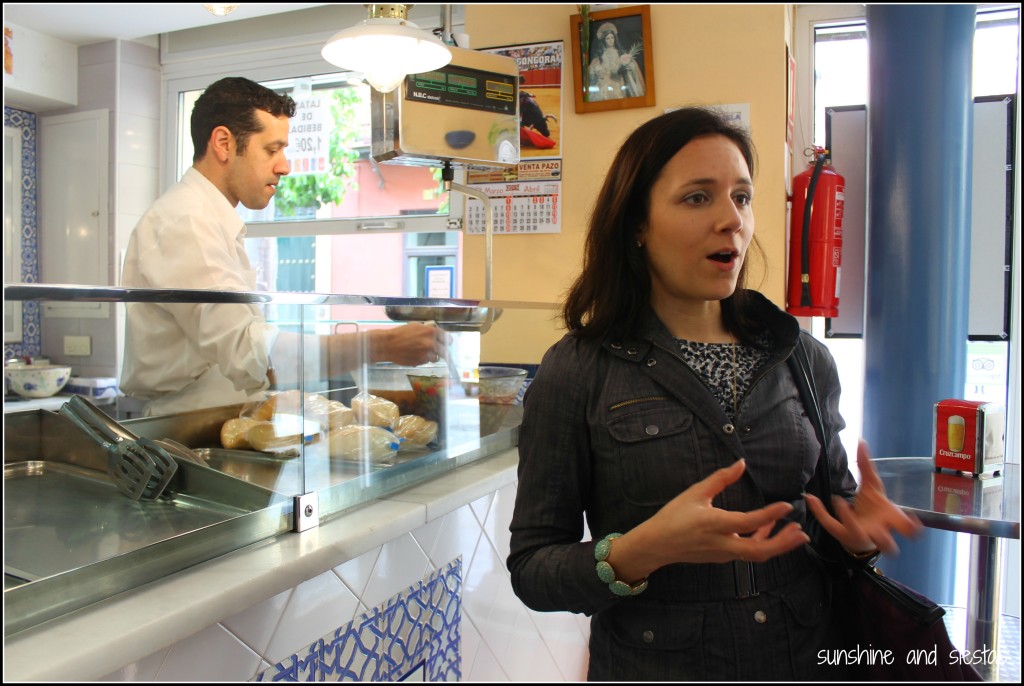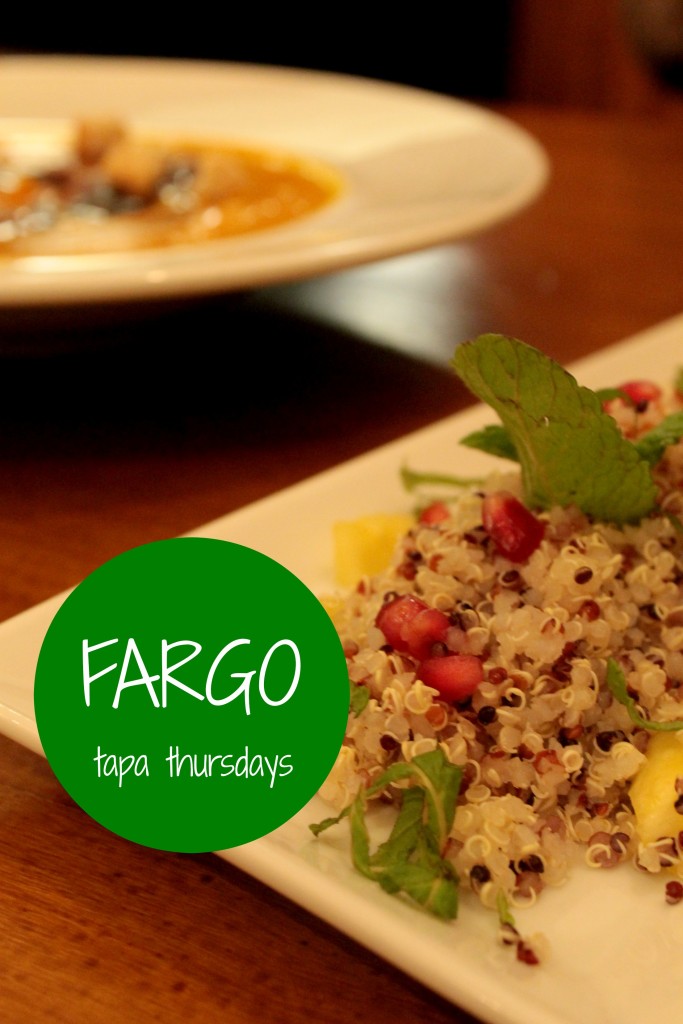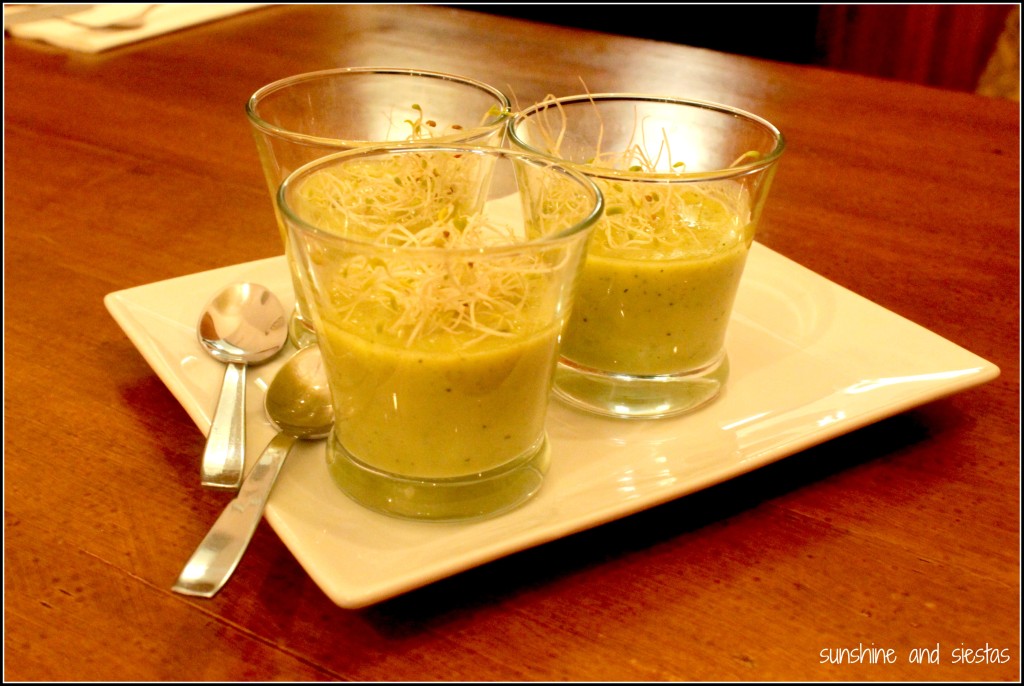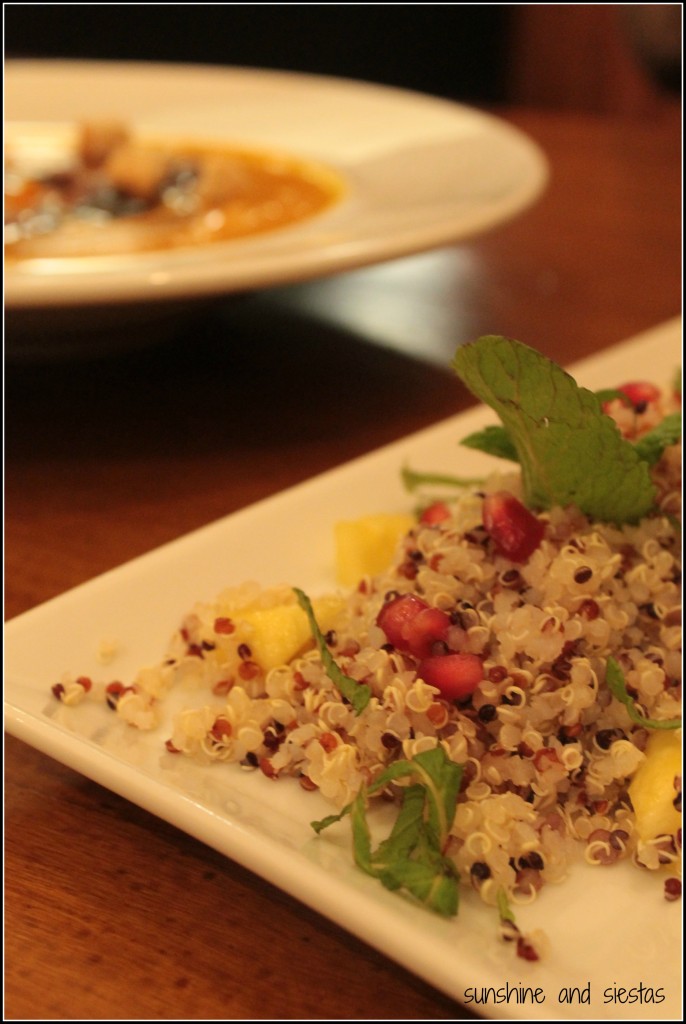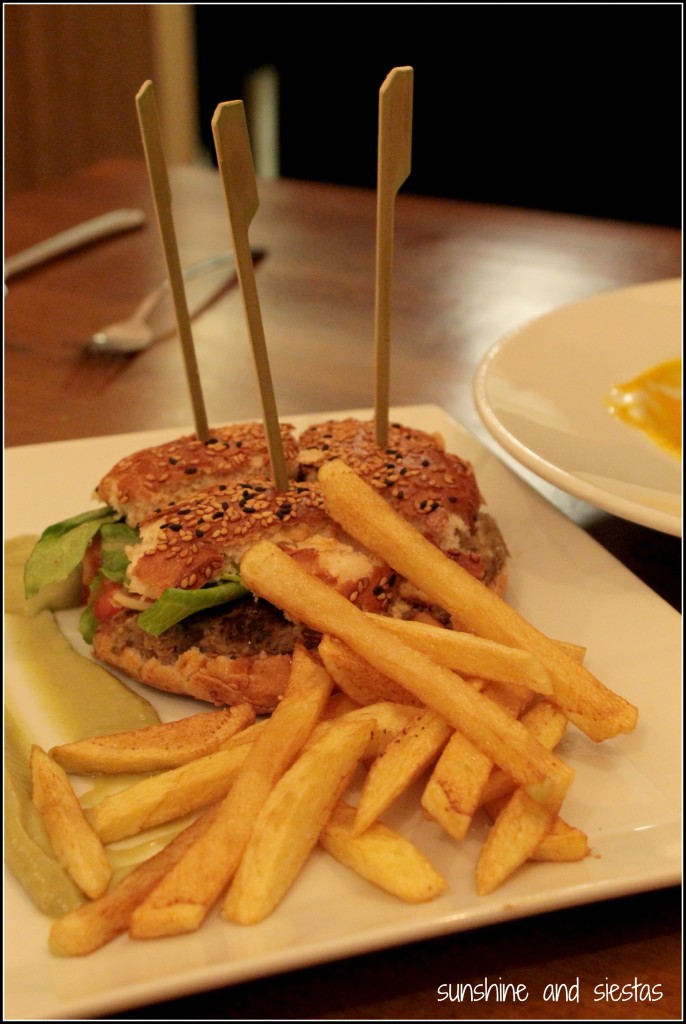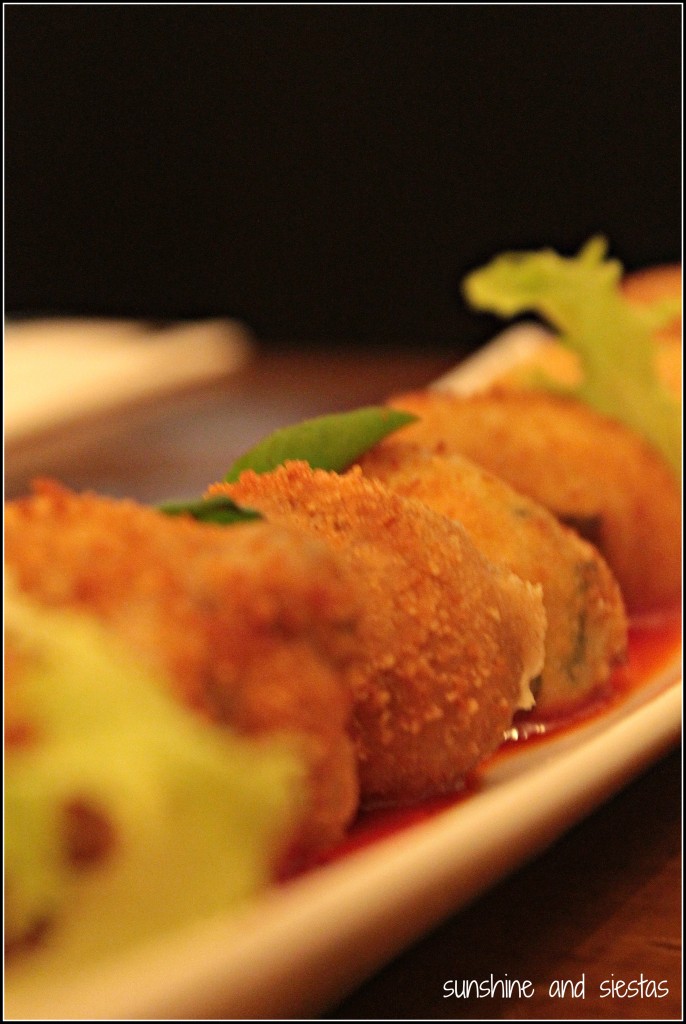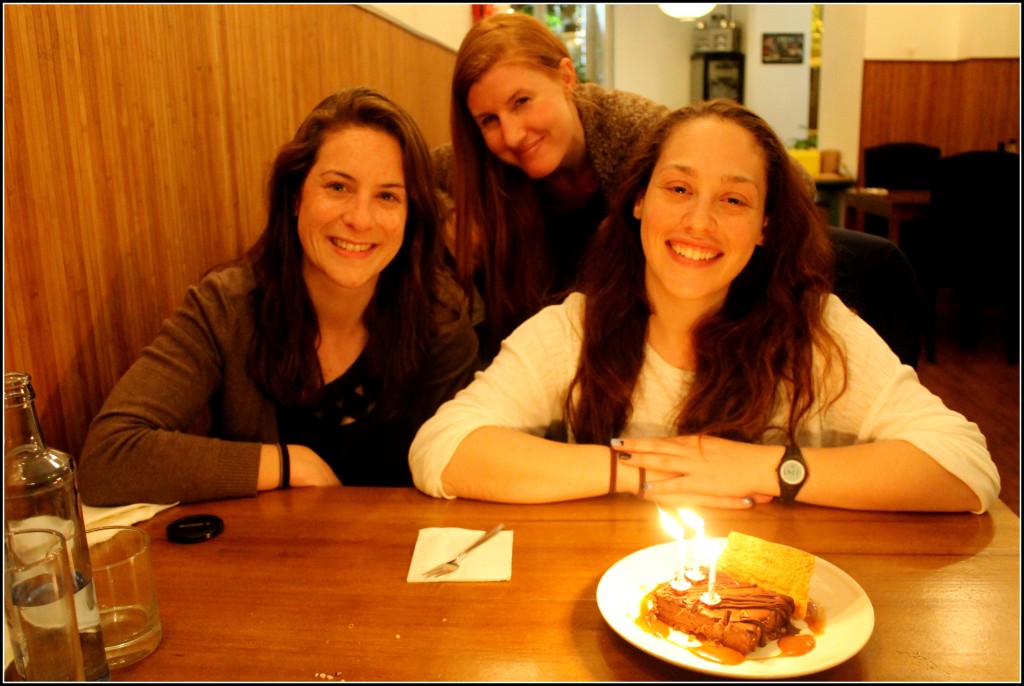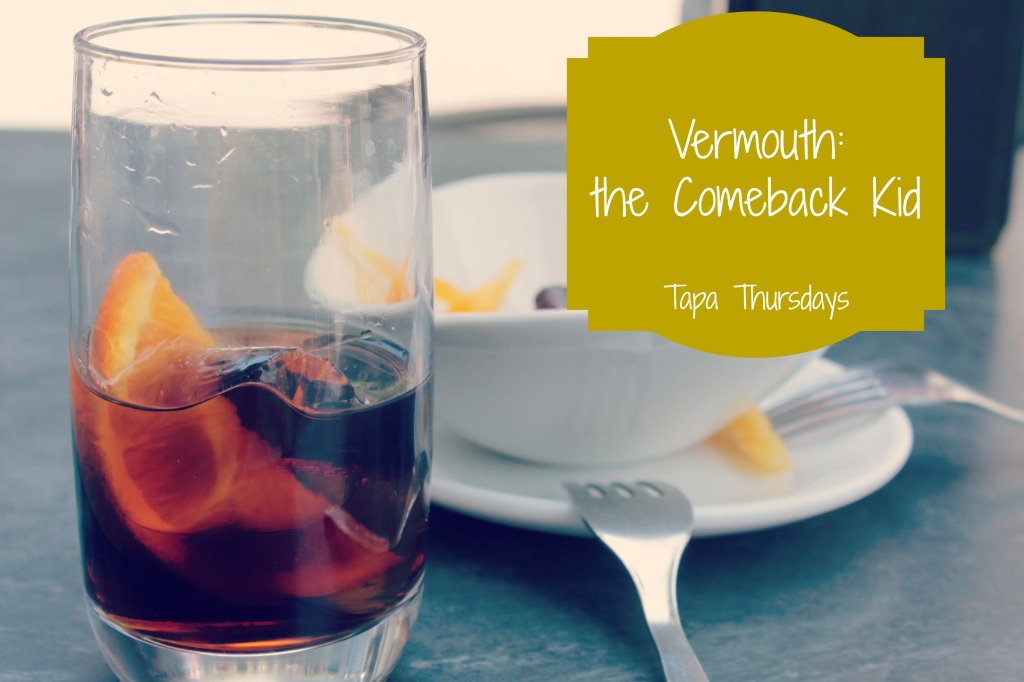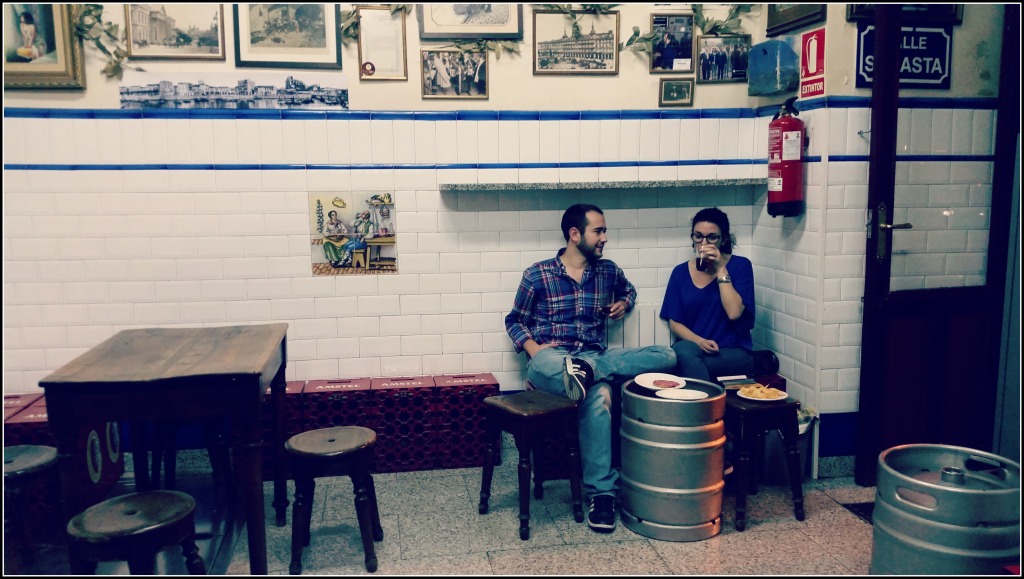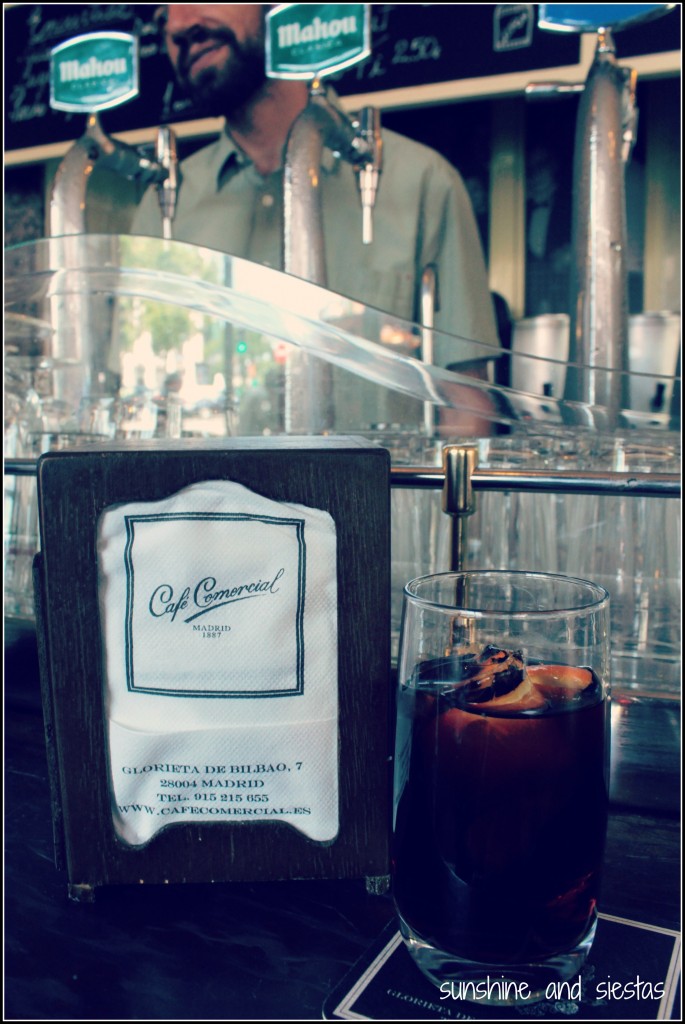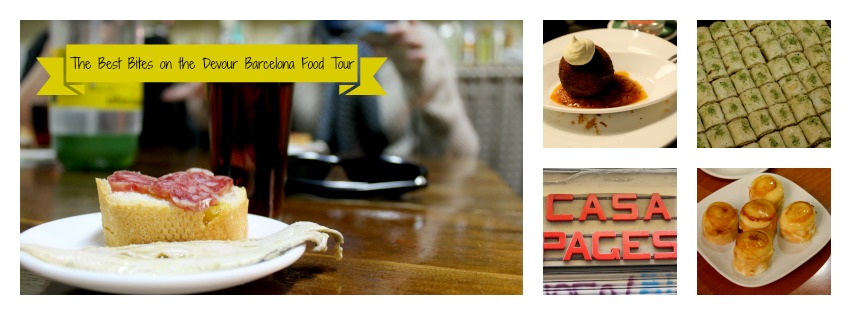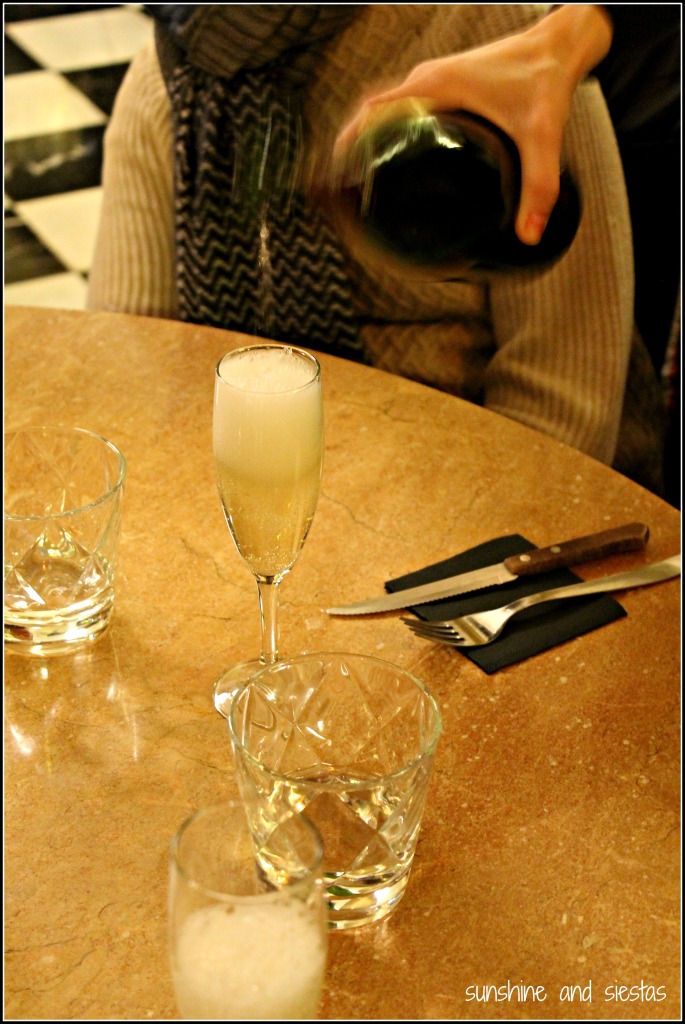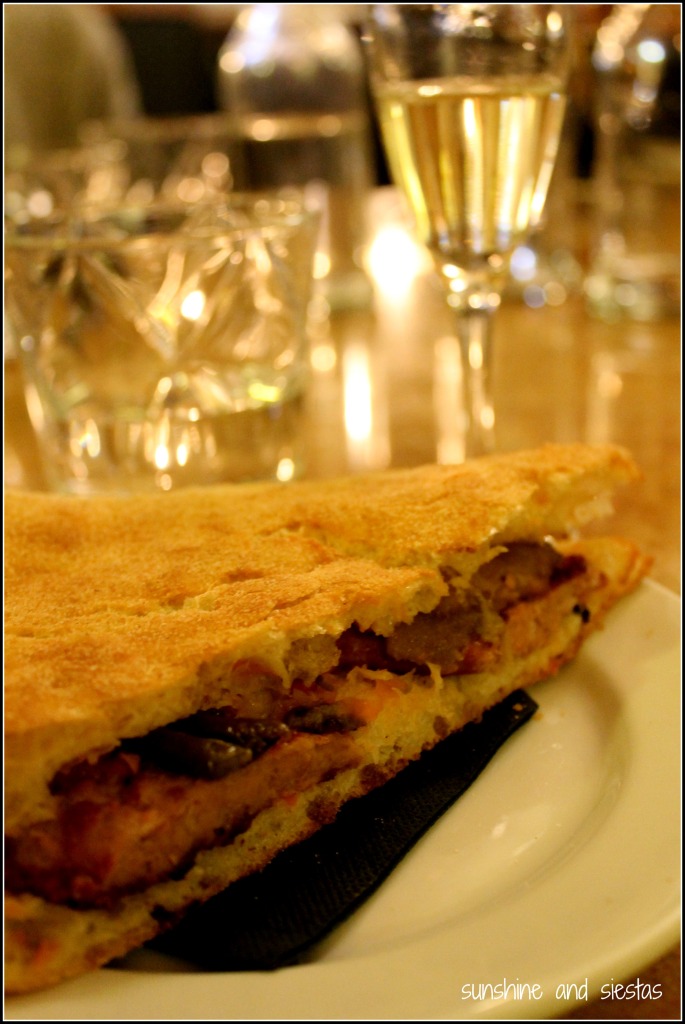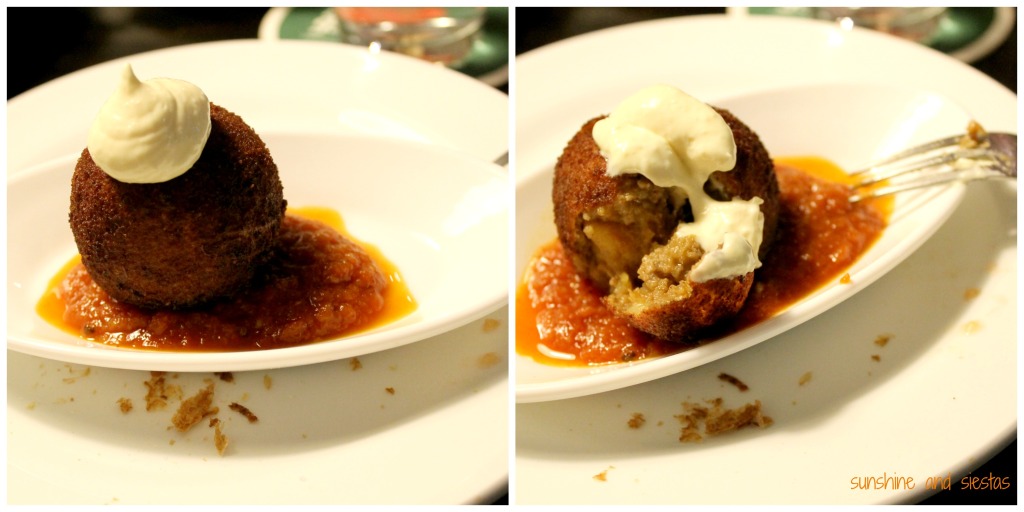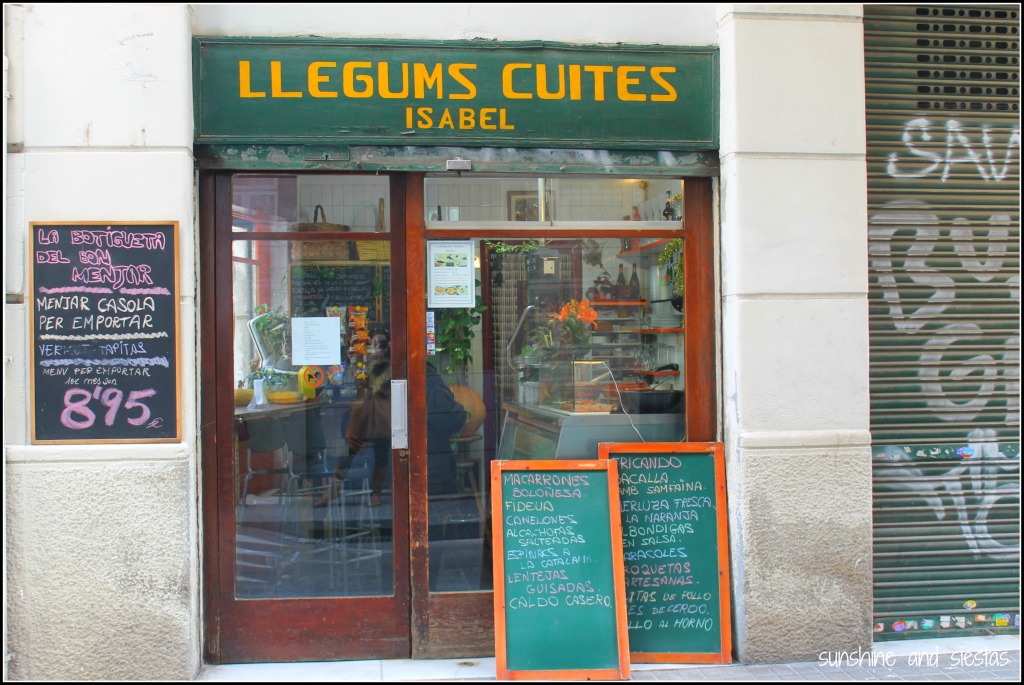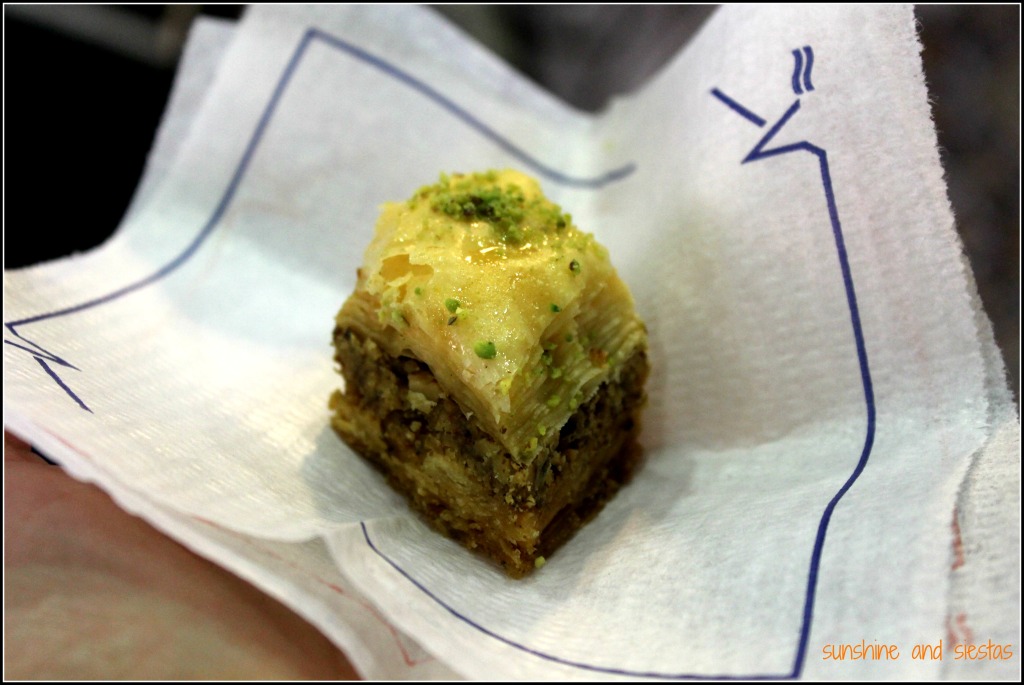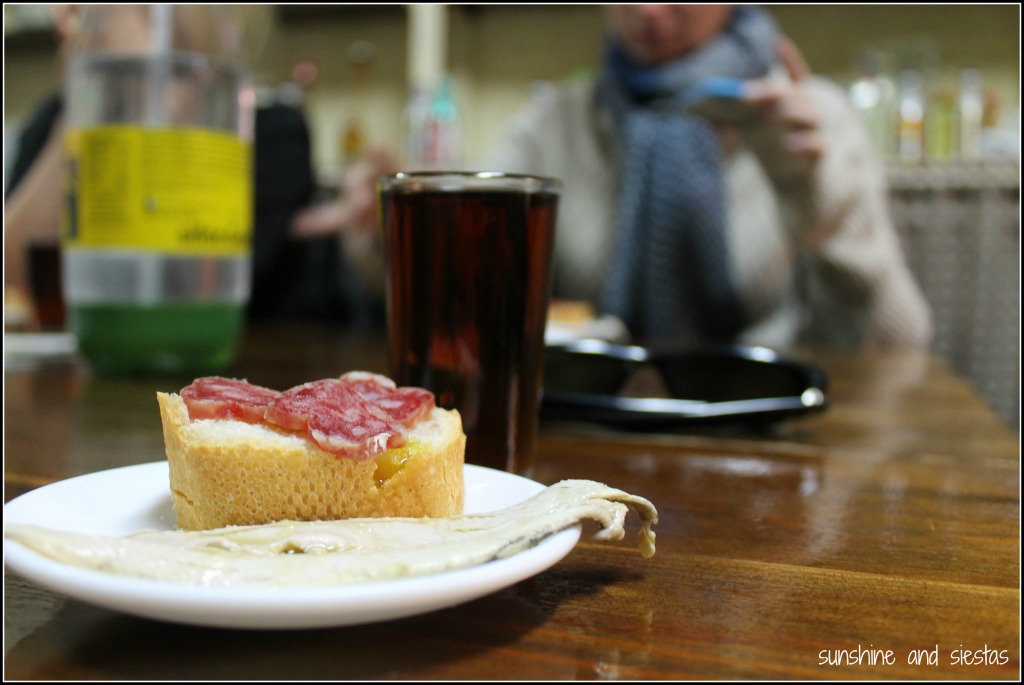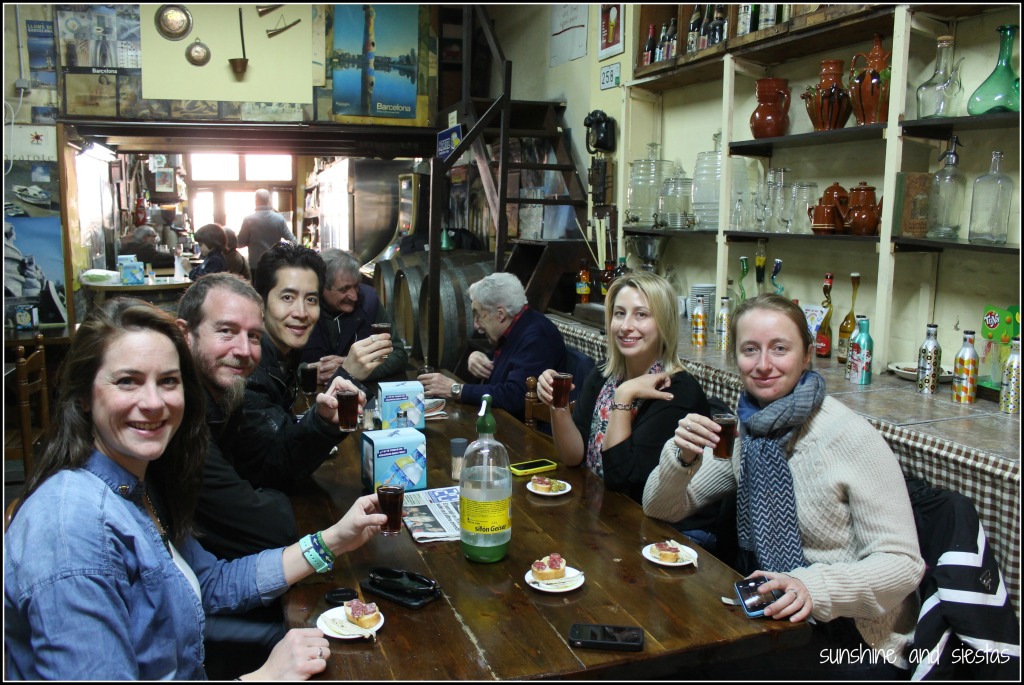I knew that my travel style had changed when H and I planned our trip to Croatia and Montenegro. After staking out a place to stay, we focused on the most important aspect of our weeklong vacation in the Balkans: what and where to eat.
From celebrated pizza joints to non-descript roadside eateries to a bar with THE BEST VIEW (according to them, and…they weren’t wrong), we spent most of our money on food and drinks. The same happened in La Rioja, India and our business meetings in Seville.
My name is Cat, and I’m a culinary travel addict.
I can’t say for sure when it happened, but several of my most treasured memories from travel have been around a dinner table, tucked into the corner of a grubby pub or trying new foods.
Even when I’m in Spain, cuisine becomes a central part of my travels. On recent holidays and breaks to Tenerife, my friends Julie and Forrest made sure that I saw – and tasted – the island’s highlights, starting with a local Tropical beer. And there is more to Canarian cuisine than their pygmy bananas.
Mojo Picón
Pronounced moe-hoe, this red sauce is the star of Canarian cuisine and its best-loved sauce. In fact, mojo is a bastardization of the word molho, meaning sauce in Portuguese. My first meal in the Canaries included two mojo varieties on the table instead of the standard garlic and oil.
Slather the sauce, which is made of olive oil, salt, water, garlic, peppers and many spices, on meat or wrinkly boiled jacket potatoes called papas arrugás. For a Spaniard, the sauce is spicy. For anyone else, it’s a small kick. Green mojo, however, has an earthy, minty aftertaste and is usually reserved for fish.
Flor de Guía Cheese
Julie met me at the airport and took me promptly around Santa Cruz’s main sites, ending up at a street full of typical bars. We split a cheese plate with typical varieties from around the islands, including the award-winning Flor de Guía cheese (and that’s why it was so costly!).
Surprisingly enough, this particular queso is made from both sheep’s and cow’s milk, and juice from thistle blooms help to curdle the milk. The cheese is semi-hard and makes an excellent dessert (or, if you’re me, an excellent anytime eat).
Ropa Vieja
When Julie and Forrest took me to a guachince, I was immediately in love with the makeshift restaurants on family-run wineries. We found our way to La Salud and ordered one of everything.
In the absence of ropa vieja – a mixed plate of garbanzo beans, meat, potatoes and vegetables – we had a garbanzá. Like puchero or cocido, a plate of ropa veja makes use of whatever is lying around in the kitchen, so recipes vary greatly from one household to the next. I’d liken it to a weekend paella or rice on the mainland.
Gofio
Gofios are a thing of pride for the canarios, as it forms a large part of their diet and has been eaten on the islands for centuries. Gofio is the word for a flour made from roasted grans and starchy plants, most often wheat or corn plus beans. With a pinch of salt, gofios are usually turned into bread and eaten with seemingly all meals.
Arehucas
I learned about the wonder that is Arehucas honey rum on my first trip to Gran Canaria in 2008. While at a wedding somewhere in the foothills, I pointed at bottles, blissfully unaware of what I was consuming. A yellow-labeled rum stuck out, an entire bottle was consumed with coke as a mixer, and a short-lived love affair was born (I hated that stuff the next day).
pre-Arehucas buzz in 2008
Spiced rum production is not native to Europe, but Arehucas is distilled in Arucas, Gran Canaria and produces the largest output of rum on the continent. There’s a touch of honey, so the rum can be drunk on the rocks or as an after dinner digestif if you’re hardcore.
Now that I’m happily at home in Chicago, eating my fill of all of my Midwestern favorites and feeling heavier than ever, my next gastronomic adventure will take me to some of America’s best-loved food cities – Memphis, Louisville and New Orleans.
What are your favorite foods from the Islas Canarias? Have you ever been to and eaten in the South? Please share your must-chows!
